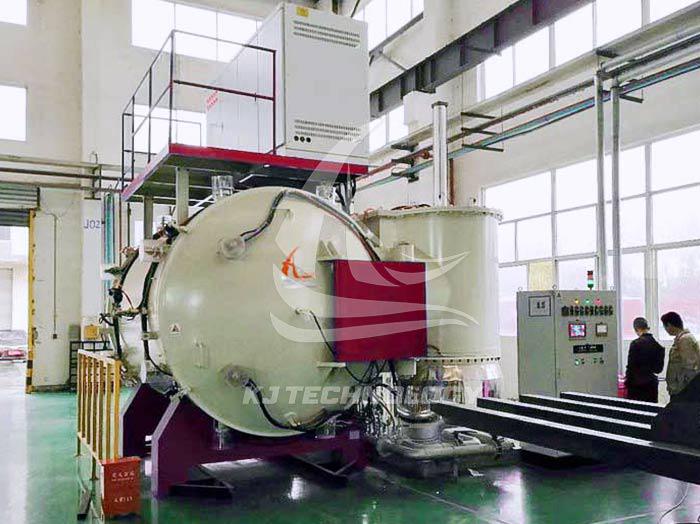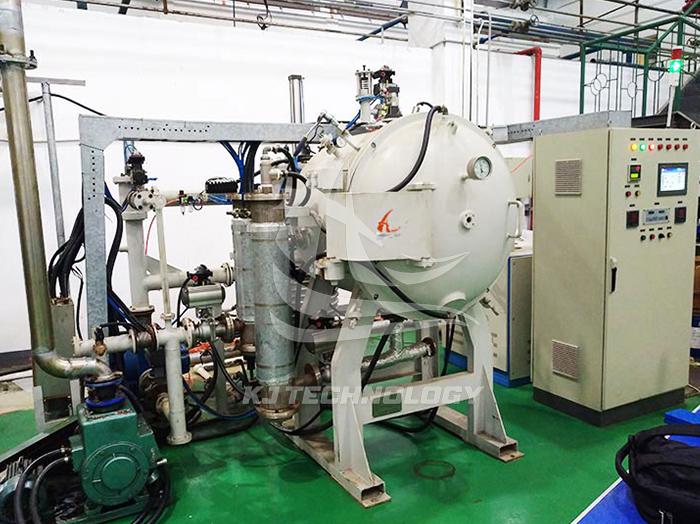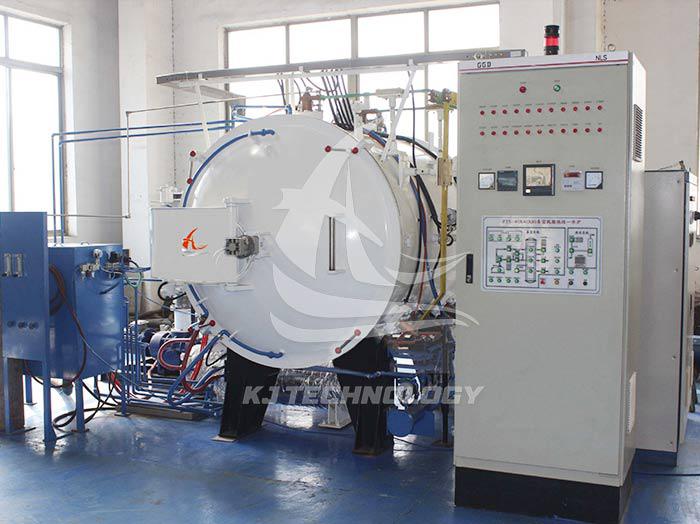What is the process flow of electric heating vacuum brazing copper?
 04-02-2025 Author: KJ technology
04-02-2025 Author: KJ technology
The process flow of electric heating vacuum brazing copper usually includes the following key steps:
Preparation stage:
Choose brazing material: Select the appropriate copper based brazing material according to the specific requirements and brazing process of the copper workpiece.
Cleaning workpieces: Clean copper workpieces to remove surface oil stains, oxide films, and other impurities to ensure welding quality.
Assembly of workpieces: Assemble the copper workpieces to be welded according to the design requirements, ensuring uniform gaps and meeting welding requirements.
Vacuum pumping stage:
Start the vacuum system: Open the vacuum system of the vacuum brazing furnace, including mechanical pumps, Roots pumps, diffusion pumps, etc., and start vacuuming.
Monitoring vacuum degree: Real time monitoring of the vacuum degree inside the furnace through a vacuum gauge to ensure that the vacuum degree reaches the required level for welding (usually below 3E-3Pa).
Heating stage:
Start the heating system: When the vacuum degree reaches the required level, start the electric heating system and start heating the furnace.
Control heating rate: Based on the characteristics of copper workpieces and brazing materials, control the heating rate reasonably to ensure uniform heating of the workpiece.
Monitoring temperature: Real time monitoring of the furnace and workpiece temperature is achieved through temperature monitoring devices such as thermocouples to ensure that the temperature is controlled within the predetermined range.
Brazing stage:
Solder melting: When the temperature reaches the melting point of the solder, the solder begins to melt and fill the gaps between the workpieces.
Insulation: After the brazing material melts, maintain a certain insulation time to ensure that the brazing material fully wets the surface of the workpiece and forms a strong metallurgical bond.
Cooling stage:
Stop heating: When the insulation time is over, stop the heating system.
Natural cooling or forced cooling: According to the process requirements, choose natural cooling or forced cooling to cool the workpiece to room temperature.
Monitoring cooling rate: During the cooling process, monitor the cooling rate to ensure that the workpiece does not develop defects such as cracks due to rapid cooling.
Baking and post-processing:
Open the furnace door: After the workpiece has cooled to room temperature, open the furnace door and remove the workpiece.
Check welding quality: Conduct visual inspection and performance testing on the welded joints to ensure that the welding quality meets the requirements.
Post processing: If necessary, perform post processing on the welded joint, such as removing solder residue, conducting post weld heat treatment, etc.
Throughout the entire process, it is necessary to strictly control various parameters and operational steps to ensure welding quality. At the same time, it is also necessary to pay attention to safety protection measures to avoid accidents.








